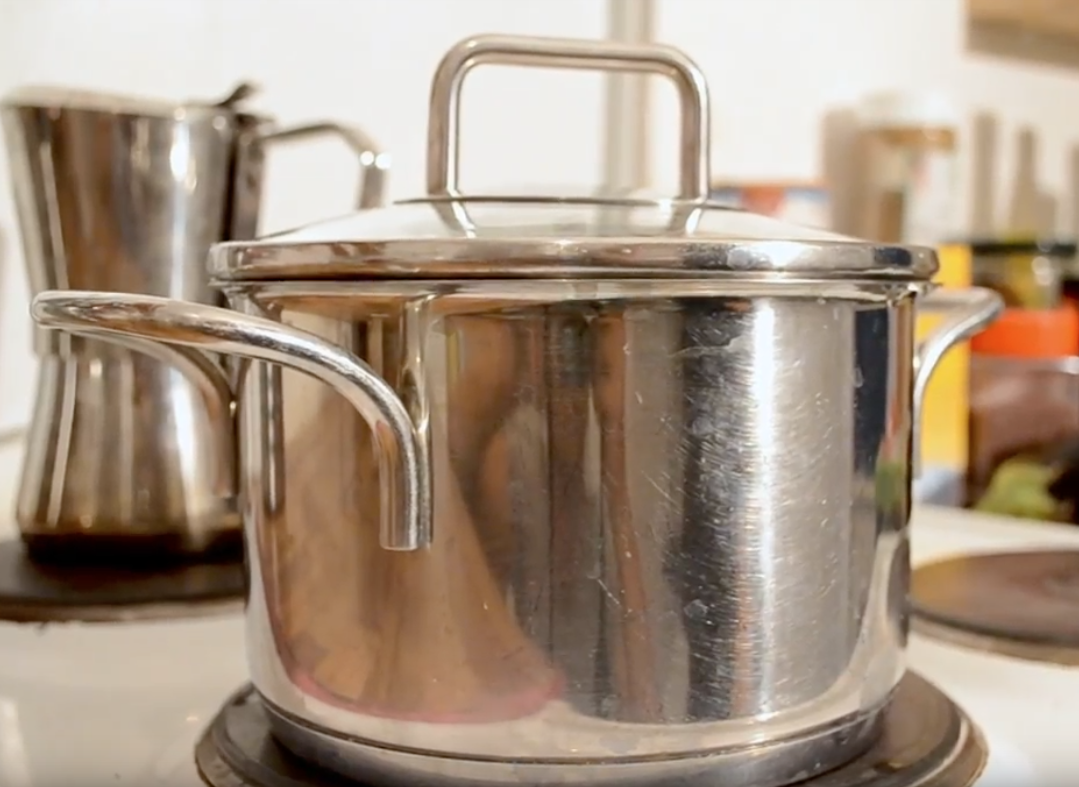Milchreis
English Video Transcription
Milchreis
My first encounter with “Milchreis” in Germany was at the HU Mensa. Scooped and dumped into a shallow soup bowl, the dessert reminded me of a UFO with the rounded mound of rice in the middle surrounded by the wide lip of the bowl. Milchreis is a sort of rice pudding, a dessert made from simmering the rice in milk and then flavoring it with vanilla or jam or apples and cinnamon.
I remember the rice was sweet and filling, and I couldn’t finish it, even with the help of my new friend, Hà. We talked a lot that day about food and identity and diaspora. We were laughing about how we should make a food blog ranking all the desserts at all the Mensas in the city and speculating about which dessert we should try next. I remember my face hurting from laughing so hard and having a warm feeling in my chest, finally feeling a bit more connected to the city that I would be living in for the next few years for my studies.
Since then, Milchreis has become a staple for me in the kitchen. I always have it around. It makes me feel a sense of comfort and friendship in Berlin…
I’ve actually never made Milchreis with Milchreis.
Instead, I use milchreis as a substitute for sticky rice, using it for curries, stir fry, fried rice, chilli and my favorite mabo-tofu. It’s readily available at all the discounter supermarkets—Netto, Lidl, Aldi etc.— and is inexpensive compared to the imported sticky rice you find at Asian supermarkets and the specialty “ethnic food” aisle of Rewe and Edeka. Using substitutes on hand, of course, was at times the only option for those who came before us, when Berlin did not boast the so called “multicultural” food scene it is known for today.
Hà once described using local ingredients in recipes to make up for unavailable or expensive imported ingredients by migrants as a sort of “coping strategy.” This thought has stayed with me.
By appropriating what’s available to us whether it be Milchreis for sticky rice or spaghetti noodles for stir fry noodles, we make spaces together to rest and recover ourselves in an often-hostile city. They help us re-energize for the bigger struggles ahead: for an end to racism, for housing for all, and the countless other resistances we take part in.
Cooking food inspired from the Asian diaspora and, for some of us, from our childhood is not a simple act of nostalgia for a “homeland.” It is not just a way to preserve what little connections we may have to this part of ourselves. I feel it is rather a continual re-interpretation and re-making of ourselves as those who are always moving in-between within Berlin. It is an active refusal to belong.

